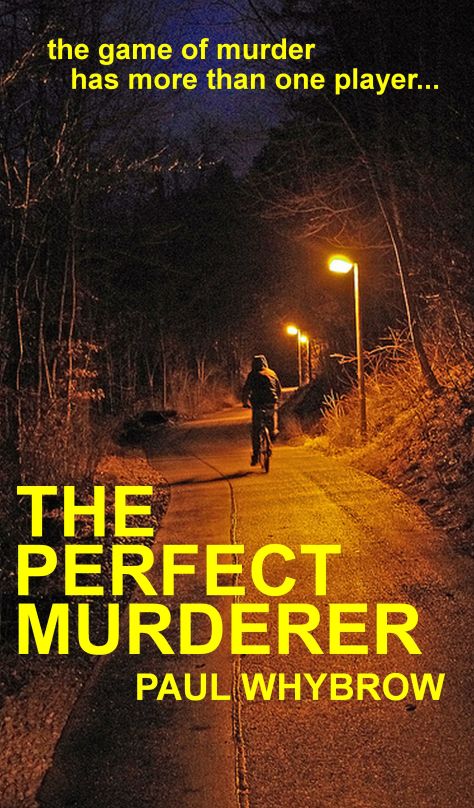Having fictional characters wander from one book to another, isn’t that common, but it does take place. I’m not talking about a series of stories, but standalone novels.
In 2018, I enjoyed reading David Mitchell’s The Bone Clocks which requires a high level of attention from the reader, as the novel takes the form of six loosely interlinked stories dating from 1984 to 2043.
As some links connected and other elements fell away, I found myself remembering one character doing things that weren’t in this book, but I figured he resembled another character by a different author. Then, I read the afterword by Mitchell on reappearing characters, in which he justifies using the same person in different books. The doctor in The Bone Clocks I recalled had already been in his The Thousand Autumns of Jacob de Zoet, which I read a few years ago.

There are examples of wandering characters in classic literature. Falstaff is seemingly killed off in Shakespeare’s Henry V, but reappears in The Merry Wives of Windsor. Stephen King, Kurt Vonnegut, Kim Newman, Isaac Asimov and Thomas Pynchon have all used this crossover device. If a character is popular, then it makes sense to do so, and also, there are universal characteristics shared by professions, so if an author has already created a fully-rounded portrayal of, say, a psychologist, why not have them see more than one patient in different books?
In the world of television drama, there’s been a detective character called John Munch, who’s appeared in at least eight different series. Played by Richard Belzer, Munch first appeared in Homicide: Life On The Street, but has turned up in shows as diverse as The X-Files, 30 Rock and The Wire.

Crossover characters are common in comics and graphic novels, where superheroes assist one another. Film studios have fearsome characters meet and fight, in such movies as Alien vs Predator and King Kong vs Godzilla. Cartoon characters from different series frequently encounter one another—look at the number of guest appearances that have taken place on The Simpsons by characters from other shows.
Once a character has left copyright protection and is in the public domain, they can be abducted and used for whatever purpose an author devises.
I was pondering all of this, and wondering how I could use it as a writing technique when I realised that I already had! In 2013, when I returned to creative writing, I penned a novella called Is It Her? which was inspired by fuss in the media over assisted suicide. There was much debate about the morality of voluntary euthanasia, but what no one mentioned was how the partner and family of the dead person carried on with their lives. I decided to write a love story where a widower is eased into singledom by measures his terminally ill wife took before they journeyed to the Dignitas clinic in Switzerland.
One of the things he agrees to do is visit a counsellor, to talk about his feelings, and inspired by this he decides to visit a Shiatsu massage therapist. Alex turns out to be a stranger from his past, who offers a second chance at romance. The story was written with an eye on the women’s magazine market, so is maybe more sentimental than my normal style, and it gives the reader what they hope will happen—a happy ending.
While writing my fourth Cornish Detective novel, my protagonist is troubled by a stiff back—a result of being kicked by an offender while making an arrest twenty years before—so, he seeks treatment. As I already had Alex operating in the same town, why not use her again? In another crossover twist, my copper rather fancies Alex, but then her boyfriend, the widower from the novella arrives to collect her from work.
Have any of you ever used a fictional character from one book in a separate standalone story?
Do you have any favourite crossover characters or mashups of genres in fiction, film or television?
I’ve long thought that having clueless Beavis & Butt-Head meet the anarchic kids from South Park would be a riot. How about Homer from The Simpsons and Hank Hill from King of The Hill as neighbours?
















